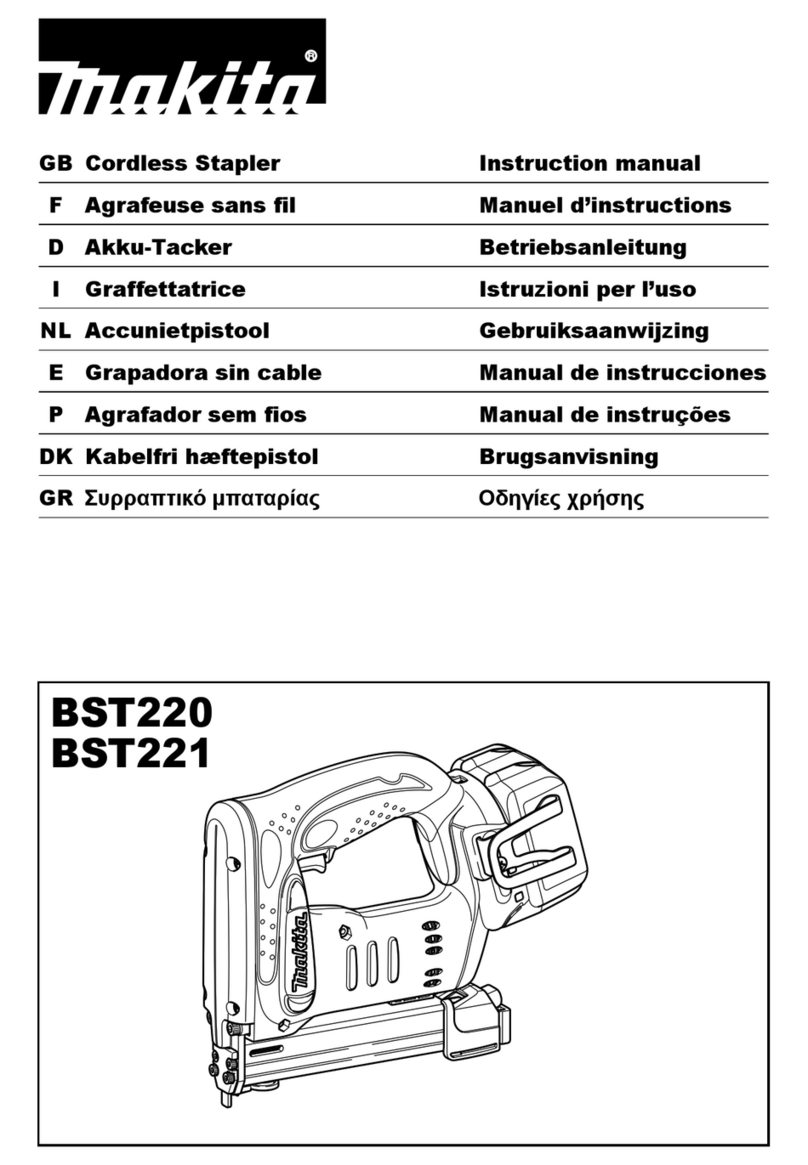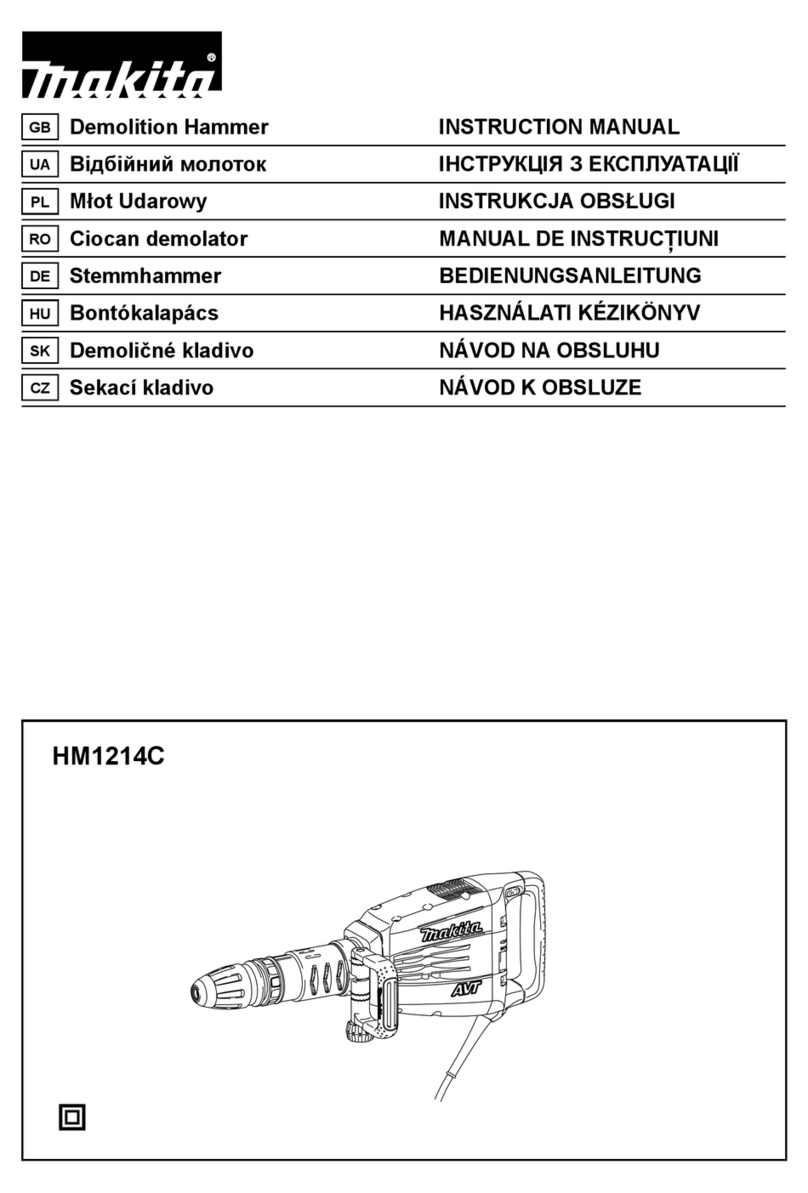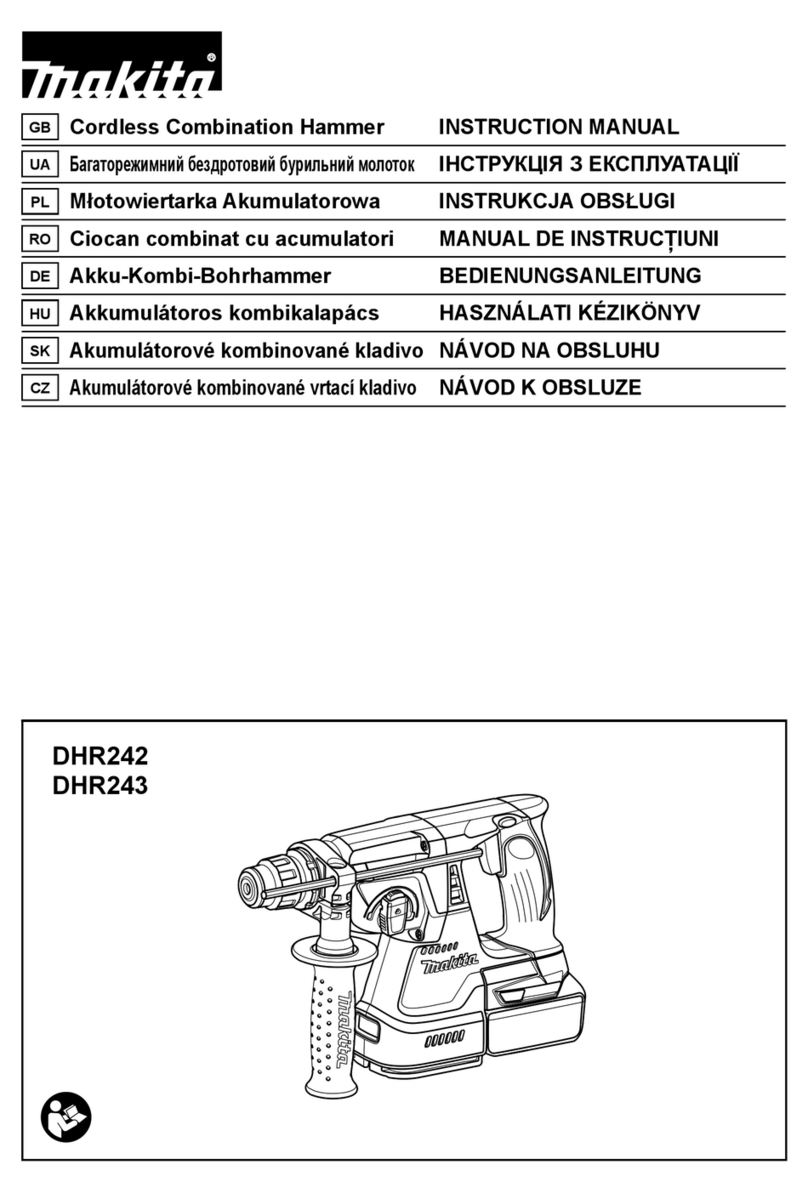Makita DHR182 User manual
Other Makita Power Tools manuals
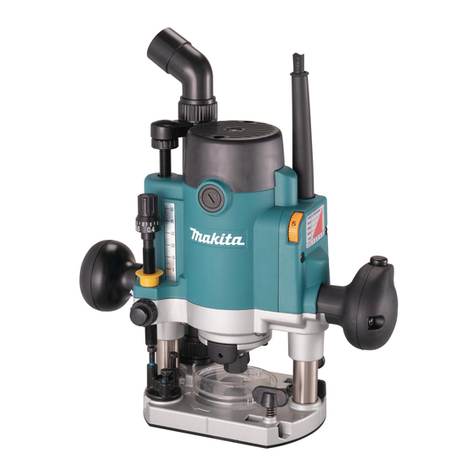
Makita
Makita RP1111C User manual
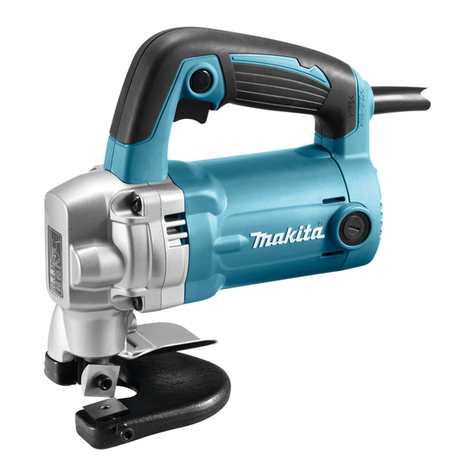
Makita
Makita JS3201 User manual

Makita
Makita 6911HD User manual
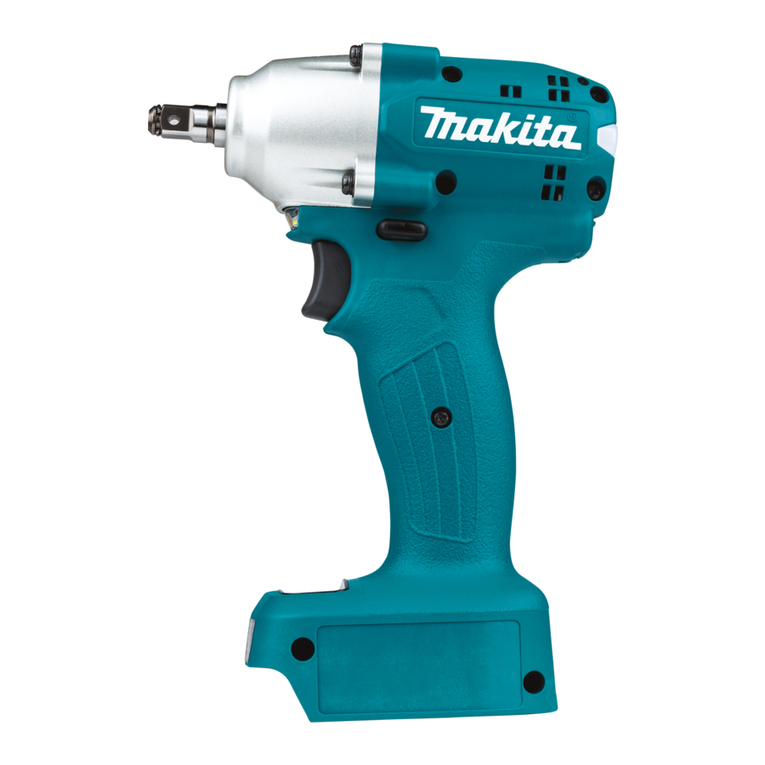
Makita
Makita DTWA070 User manual
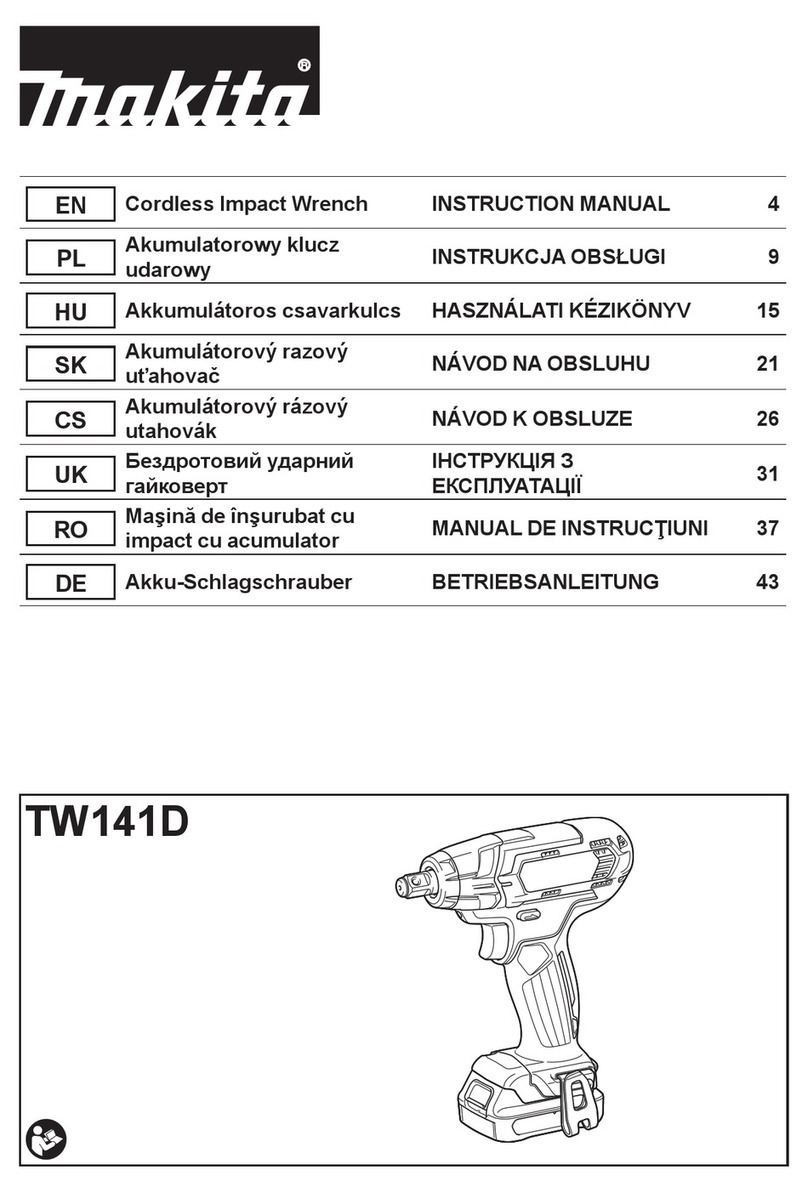
Makita
Makita TW141D User manual
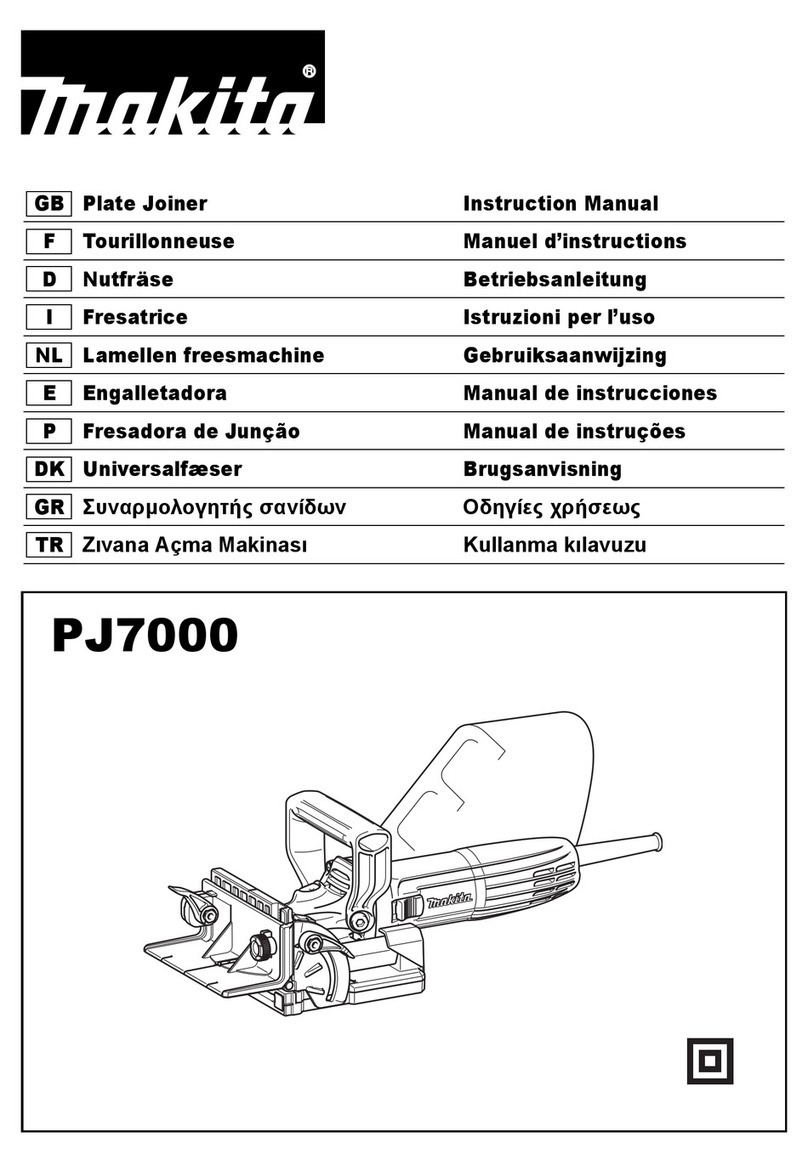
Makita
Makita PJ7000 User manual
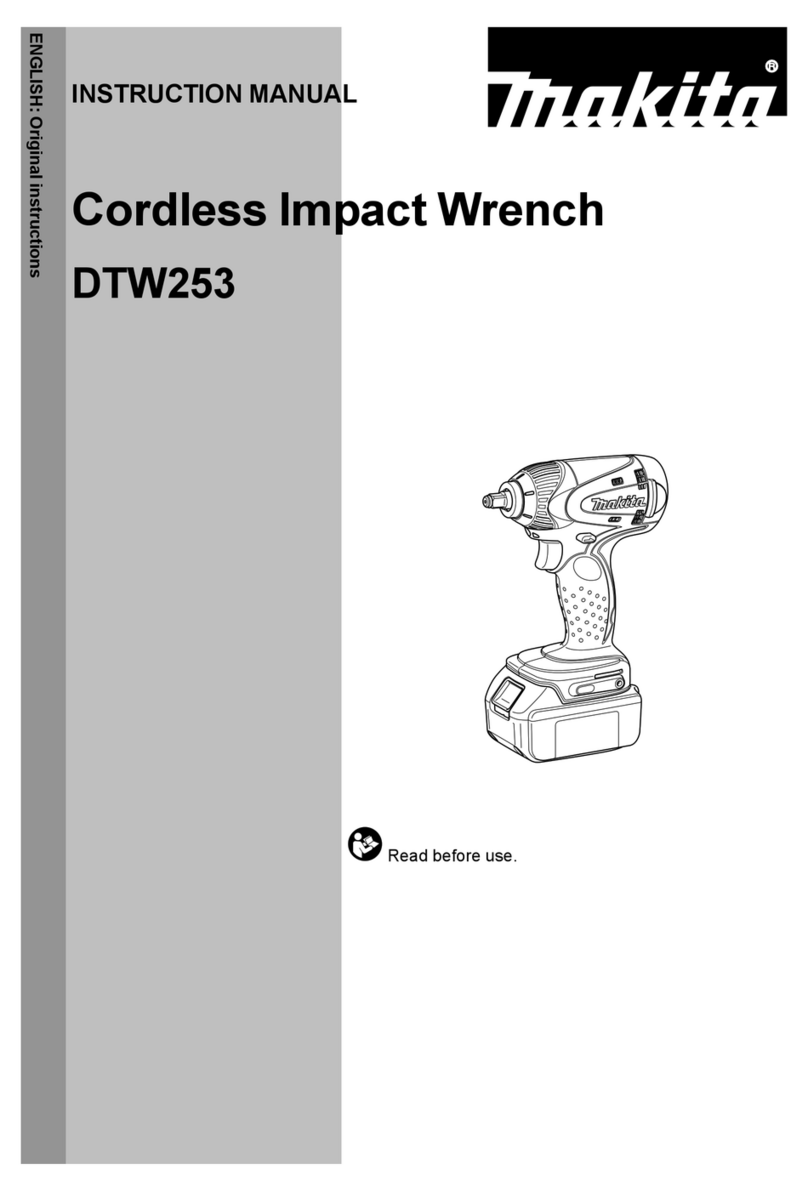
Makita
Makita DTW253 User manual
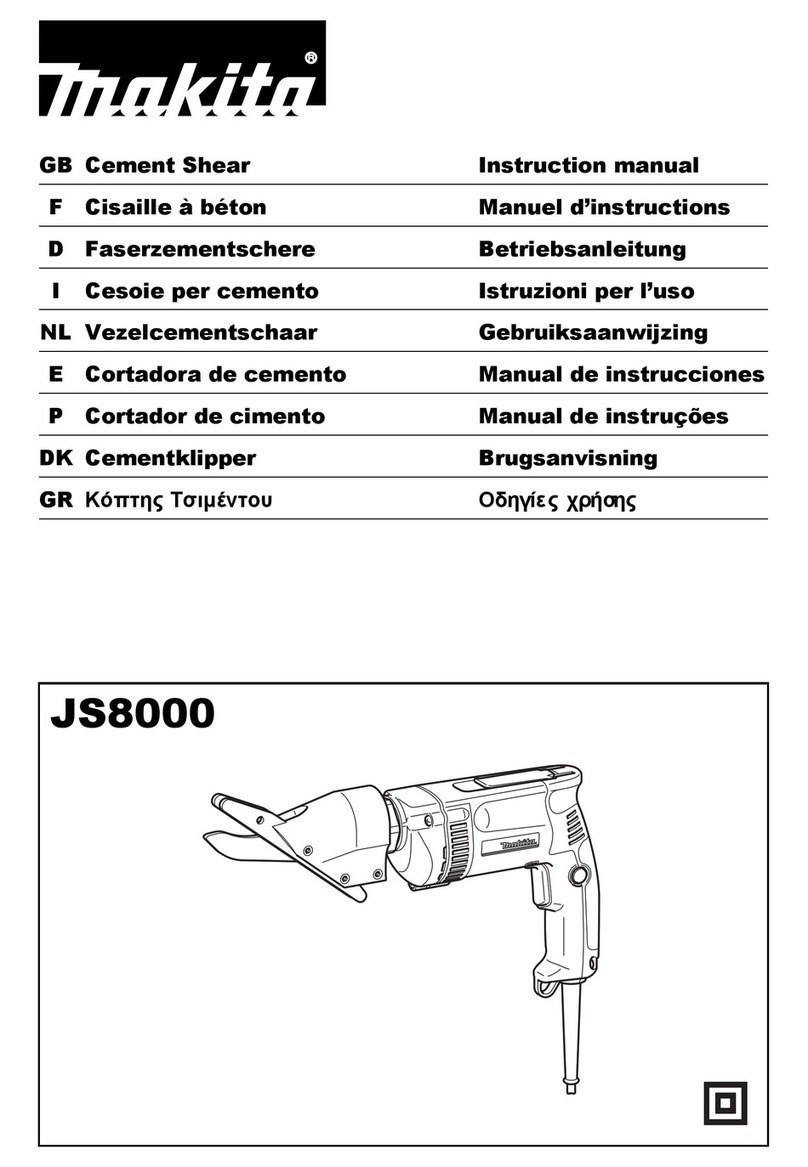
Makita
Makita JS8000 User manual
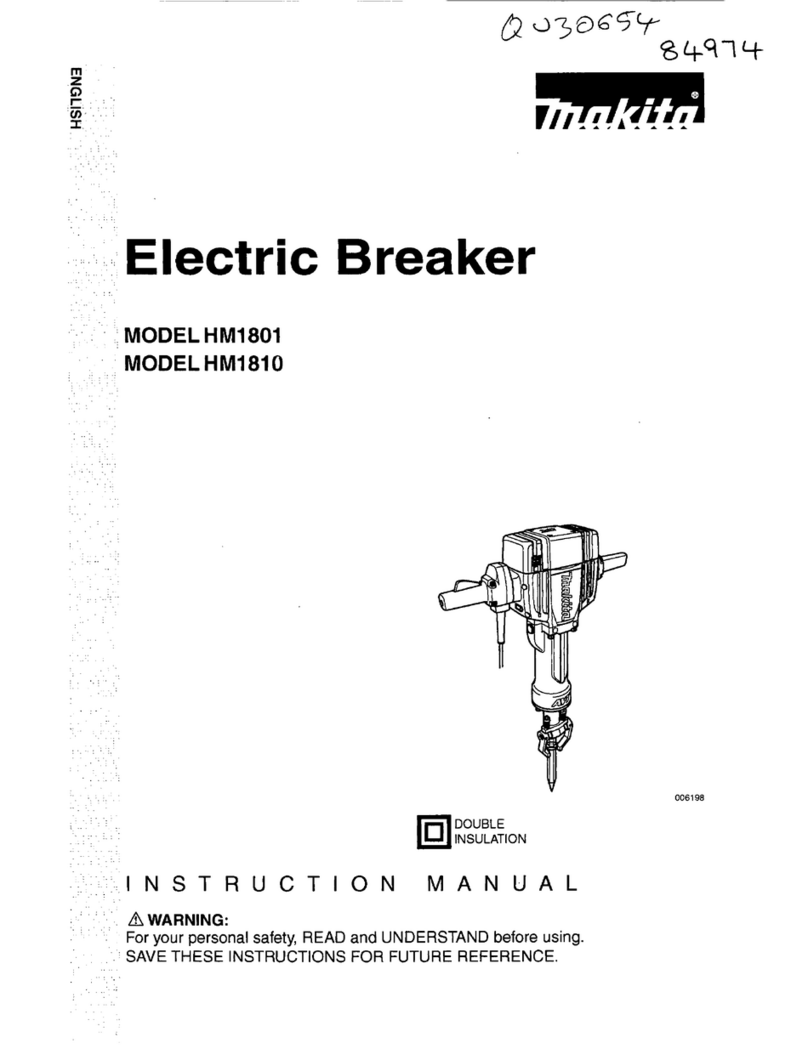
Makita
Makita HM1801 User manual
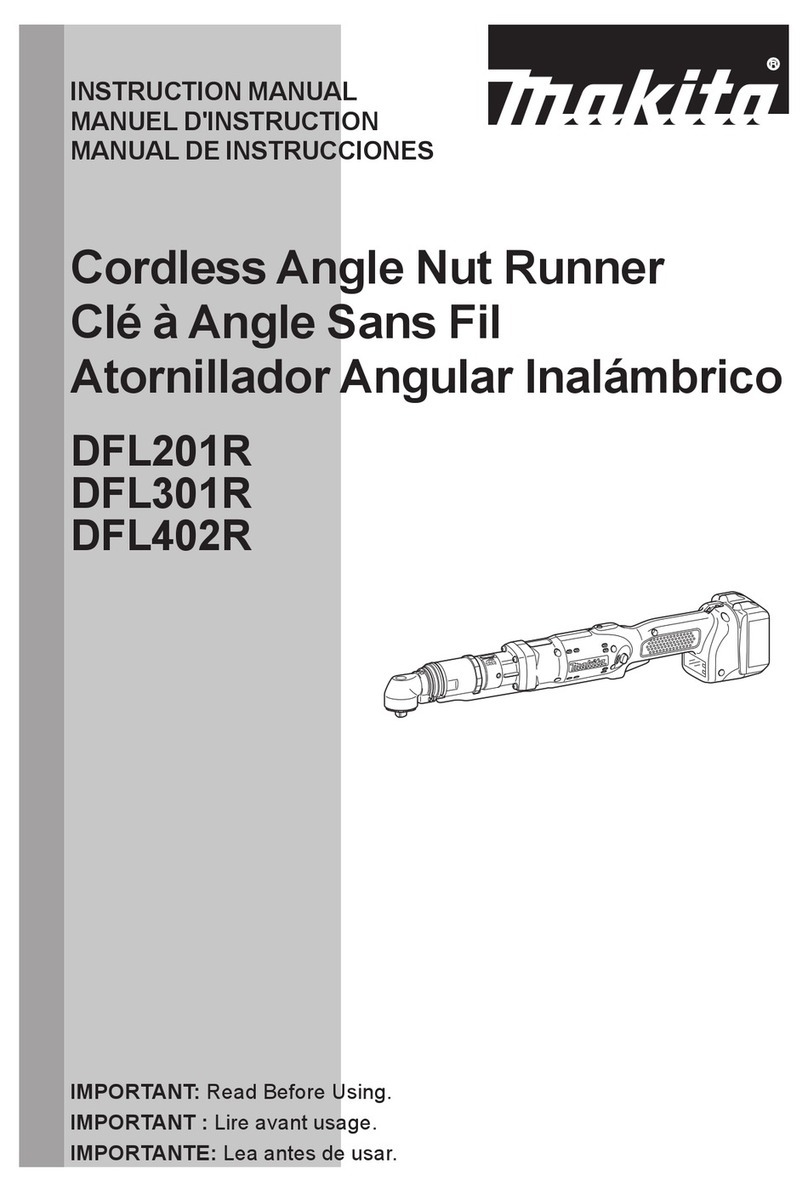
Makita
Makita DFL301R User manual
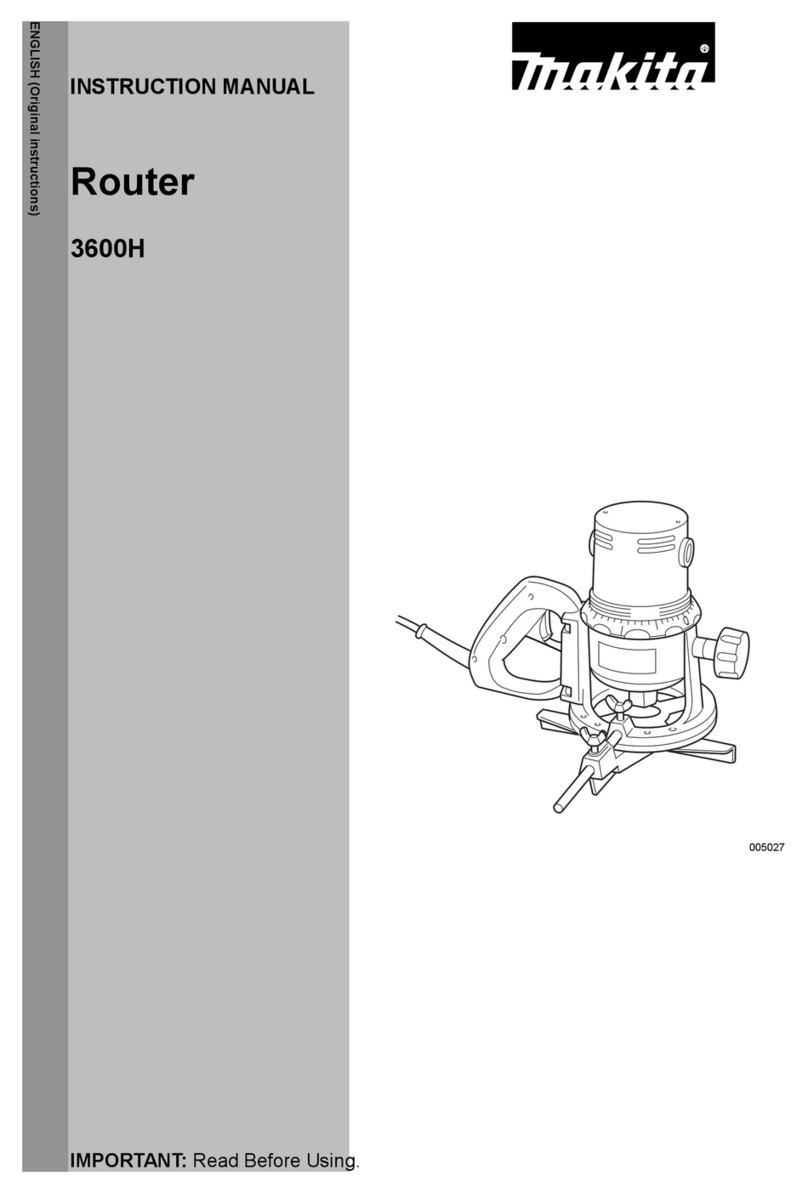
Makita
Makita 3600H User manual
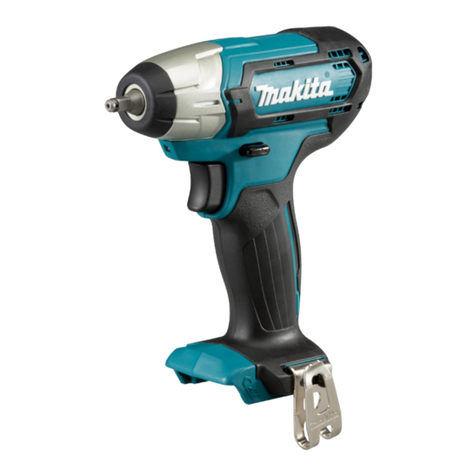
Makita
Makita TW060DSAE User manual
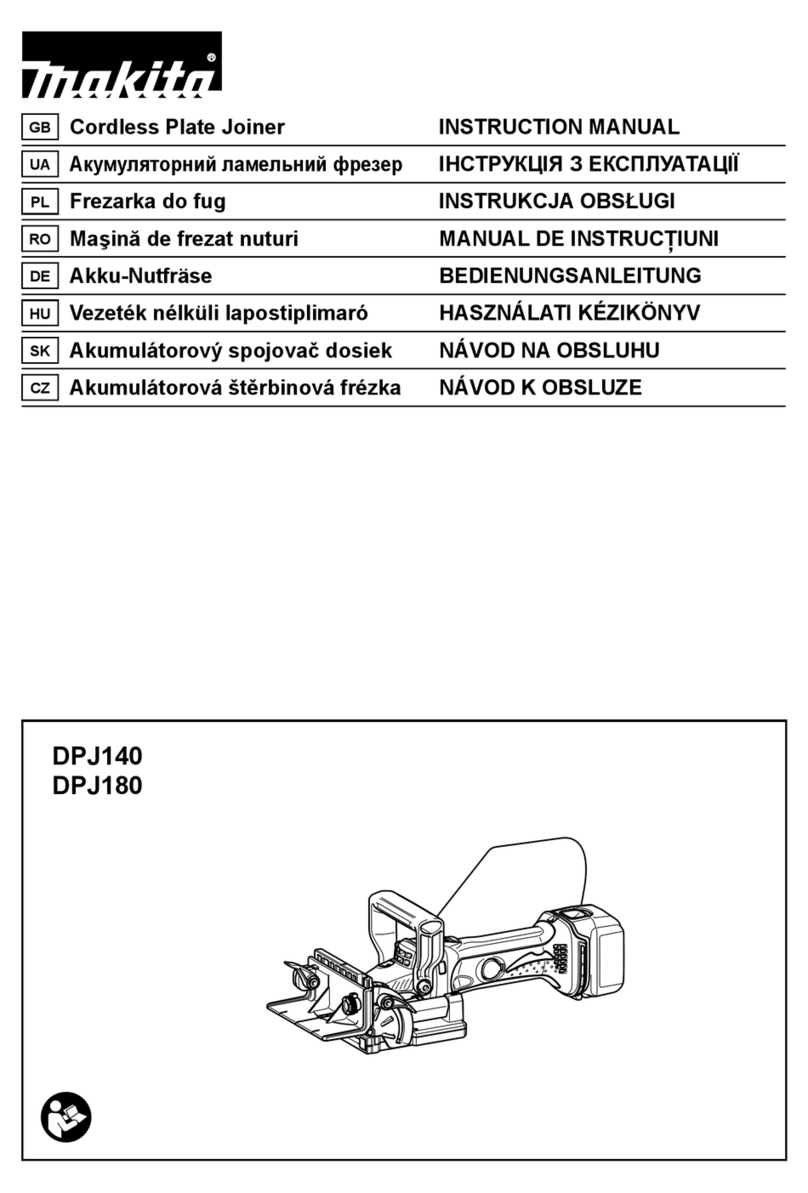
Makita
Makita DPJ140 User manual
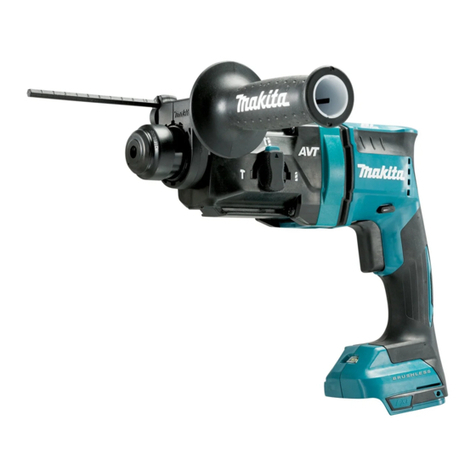
Makita
Makita DHR182ZU User manual
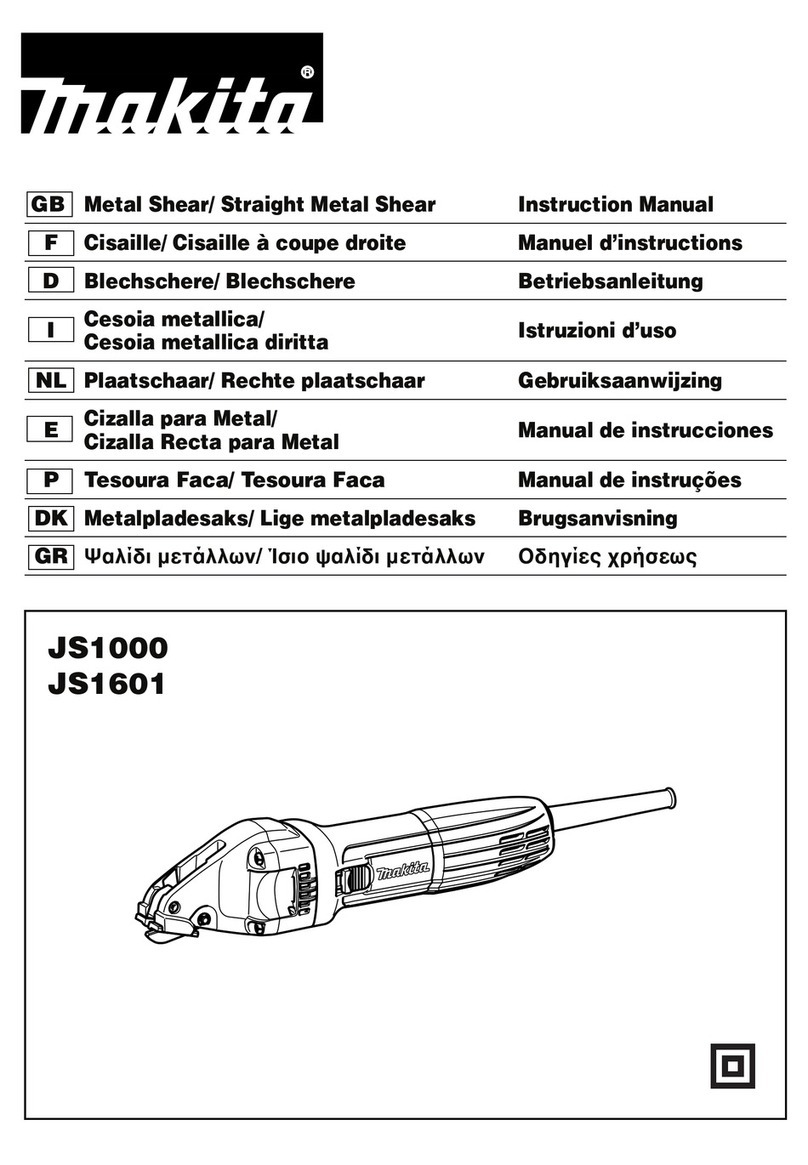
Makita
Makita JS1000 User manual
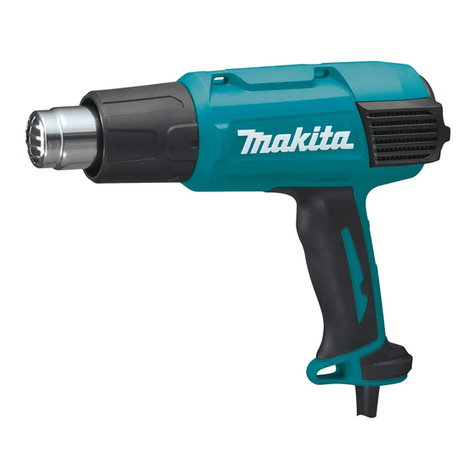
Makita
Makita HG5030 User manual
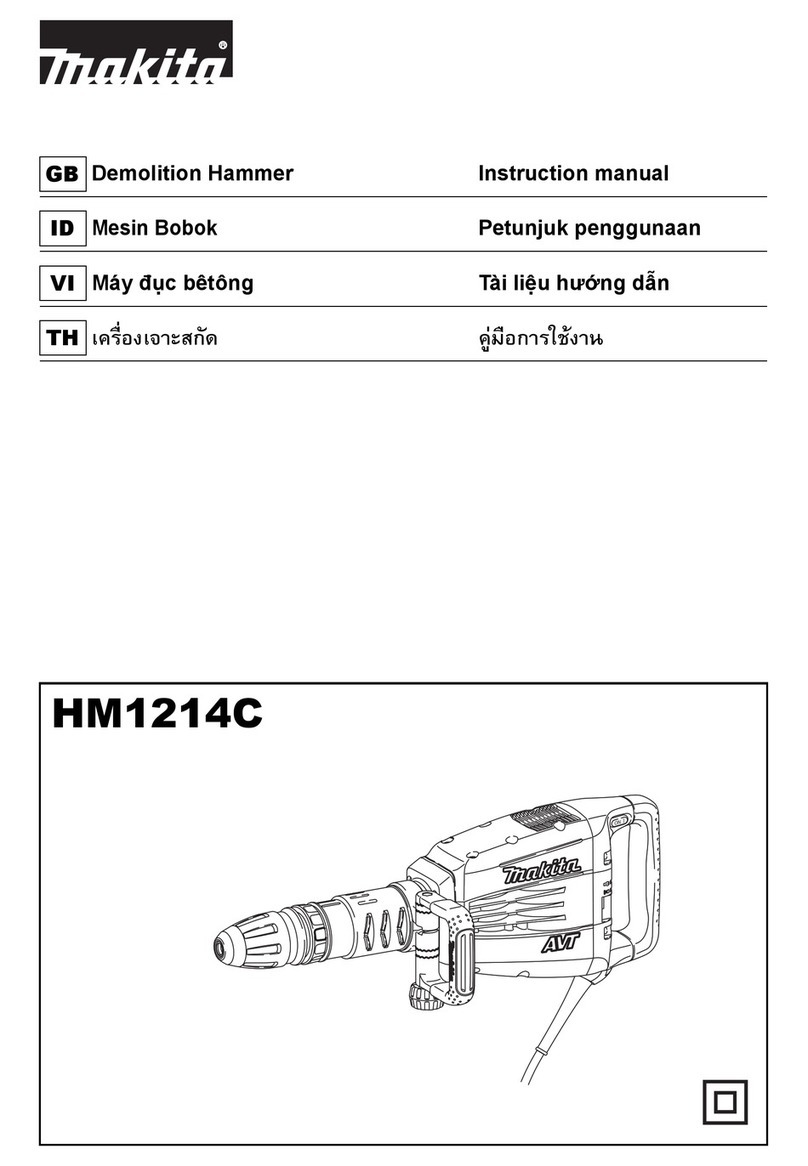
Makita
Makita HM1214C User manual
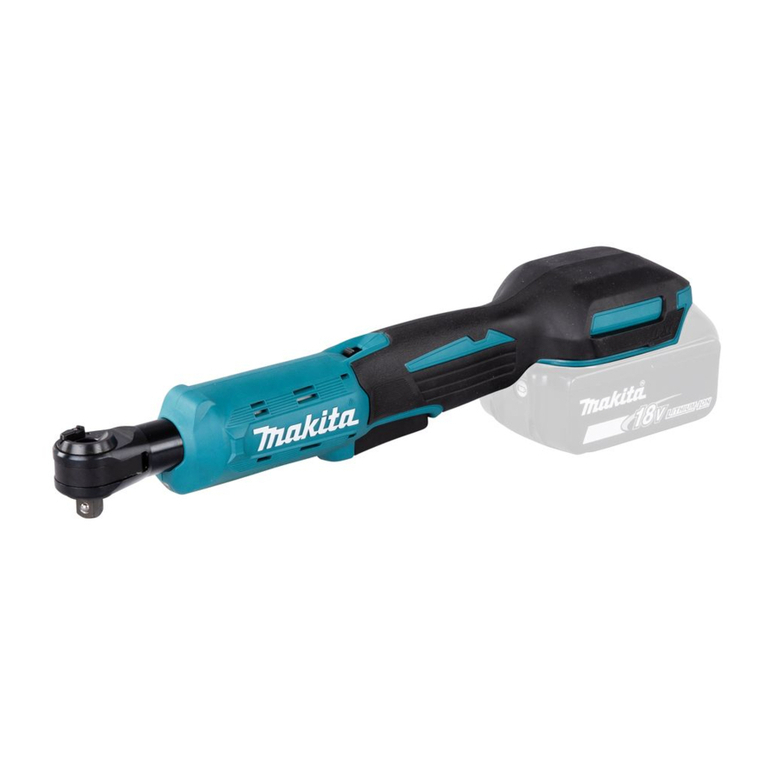
Makita
Makita DWR180 User manual

Makita
Makita DJV182 User manual
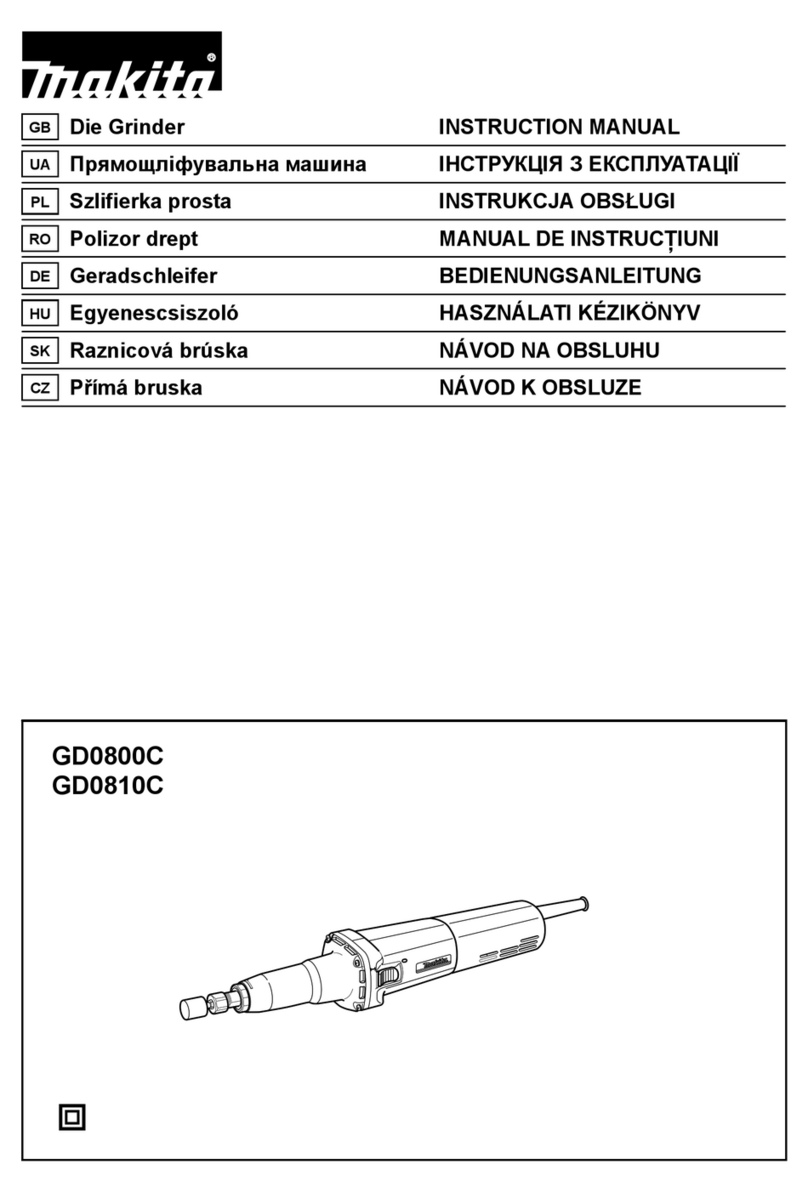
Makita
Makita GD0800C User manual
Popular Power Tools manuals by other brands

Senco
Senco DuraSpin ExTPro installation instructions

Ferm
Ferm JSM1020 Original instructions

Milwaukee
Milwaukee M12 FUEL 2559-20 Operator's manual

EINHELL
EINHELL BT-CD 12/2 operating instructions

Evolution
Evolution HDG200 instruction manual

National Flooring Equipment
National Flooring Equipment 7700 Service manual
